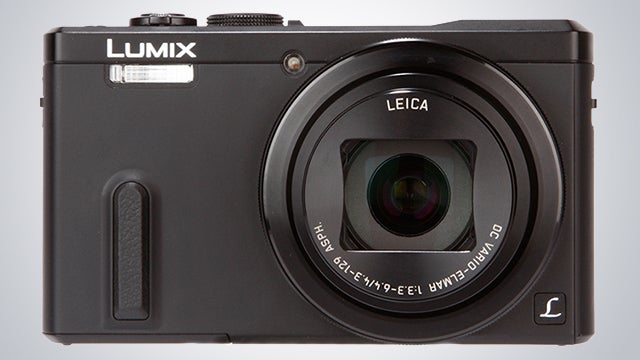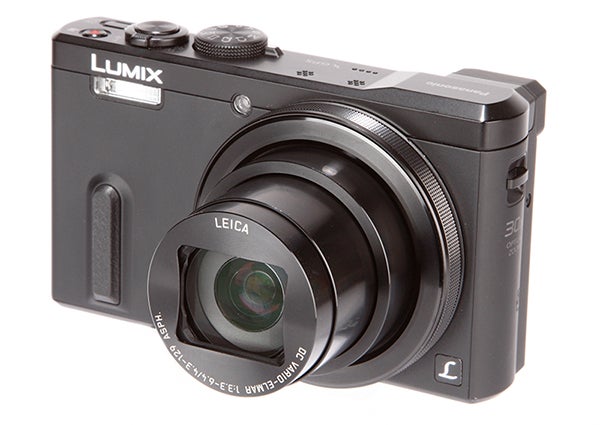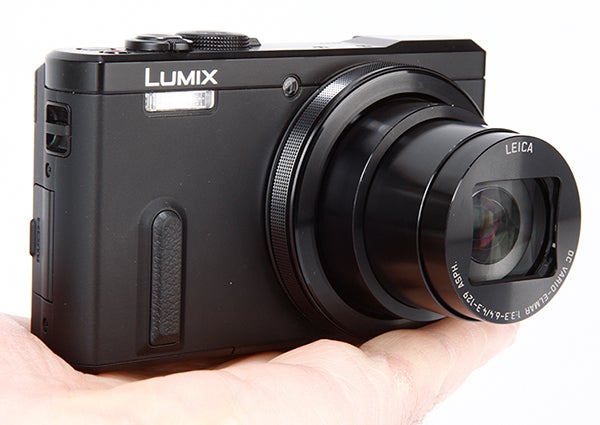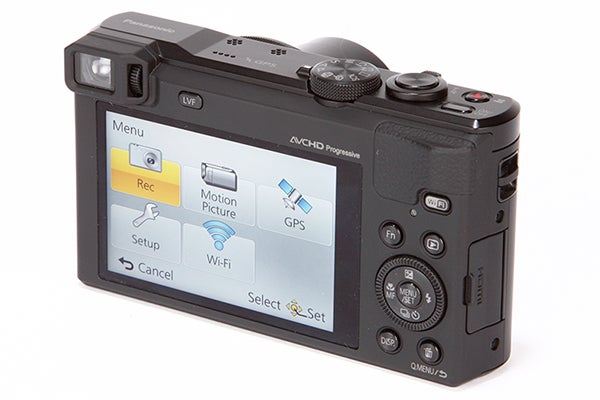Panasonic Lumix TZ60 Review
Panasonic Lumix TZ60
A 30x optical zoom, built-in viewfinder and neat design make this the perfect travel compact

Sections
- Page 1 Panasonic Lumix TZ60 Review
- Page 2 Design and Performance Review
- Page 3 Image Quality and Verdict Review
Verdict
Pros
- Great, high quality design
- Shoots Raw and JPEG
- Bright and clear screen
- Huge and reliable zoom lens
Cons
- Only so-so above ISO 400
- No touchscreen
- No standalone battery charger
Key Specifications
- Review Price: £399.99
- 0.2-inch 200k dot EVF
- 18-megapixel sensor
- 30x optical zoom
- Hybrid O.I.S.
- Wi-Fi, NFC and GPS
What is the Panasonic Lumix TZ60?
The Panasonic Lumix TZ60 was announced alongside the Lumix-TZ55 at January’s CES expo in Las Vegas, and is the successor to the very popular Panasonic Lumix TZ40. This new ‘travel compact camera’ retains the Wi-Fi connectivity and Near Field Communication (NFC) of its predecessor, but it also has a number of improvements over it.
For instance, the 20x optical zoom of the TZ40 has been replaced by a 30x optical zoom, Raw image capture is now possible, and an electronic viewfinder has been added. It is a useful little package of features and one that, on paper at least, makes the TZ60 a great ‘go anywhere, shoot anything’ camera.
It may appeal, then, to those who go travelling frequently or for longer periods and don’t want to lug around bigger kit. It may also appeal to the more inquisitive type of tourist who wants to take and share more than just holiday snaps of the places they visit whether that’s here or overseas.
READ MORE: Camera Reviews

Panasonic Lumix TZ60: Features
As mentioned, the optical zoom receives one of the major updates on the TZ60. The new lens is a Leica DC Vario-Elmar 4.3-129mm f/3.5-6.4 optic carried offers an impressive 30x optical zoom – 24-720mm in 35mm equivalent. The danger of camera shake is allayed by a redesigned 5-axis hybrid optical image stabilisation system – Panasonic claims a 0.5EV increase in the OIS performance allows users to shoot handheld with a shutter speed up to 3.0 EV slower than before.
The TZ60 feautres a 1/2.3-inch, 18MP sensor back-side illuminated sensor. One aspect of this that might prick the interest of enthusiast photographers is that it shoots both raw and JPEG images. Thanks to the Venus Engine Processor, writing full-resolution raw and JPEG images simultaneously isn’t too laggy a process and a speed of 10fps is possible for a total of six frames in burst mode.
However, this is with a fixed focus and continuous AF will slow the rate to 5fps. Panasonic also says the Venus Engine is capable of more advanced noise reduction than previous models.
ROUND-UP: 10 Best Cameras You Can Buy

Multi-metering, centre-weighted metering and spot metering are all present on the TZ60. Meanwhile, the camera’s native ISO sensitivity runs from 100 to 3200 but can be boosted to 6400.
Although there are no colour profiles, the TZ60 does feature a wealth of filters and scene modes – in creative control mode users can select one of 15 filters including sepia, cross processing and dynamic monochrome. Filters can also be added to images using the retouch menu. An HDR option is available too.
Like the TZ40, the TZ60 features built-in GPS functionality, Wi-Fi and NFC connectivity. The camera’s Wi-Fi connectivity is, to quote Panasonic, ‘comprehensive’, and it is indeed class-leading – allowing remote access to the camera and image sharing via the free iOS and Android Panasonic Image App. It has its own dedicated button to allow connection to a smart device, to begin remote shooting, TV playback or image transfer as well.

What the TZ60 doesn’t have, however, is a touchscreen display. Instead there’s a bright 3-inch, 920k-dot TFT LCD coupled with a 200k-dot Electronic Viewfinder. Although its resolution is quite low, the EVF does have a good refresh rate and is a decent aid for composition, something that purists will no doubt appreciate.

